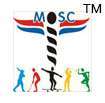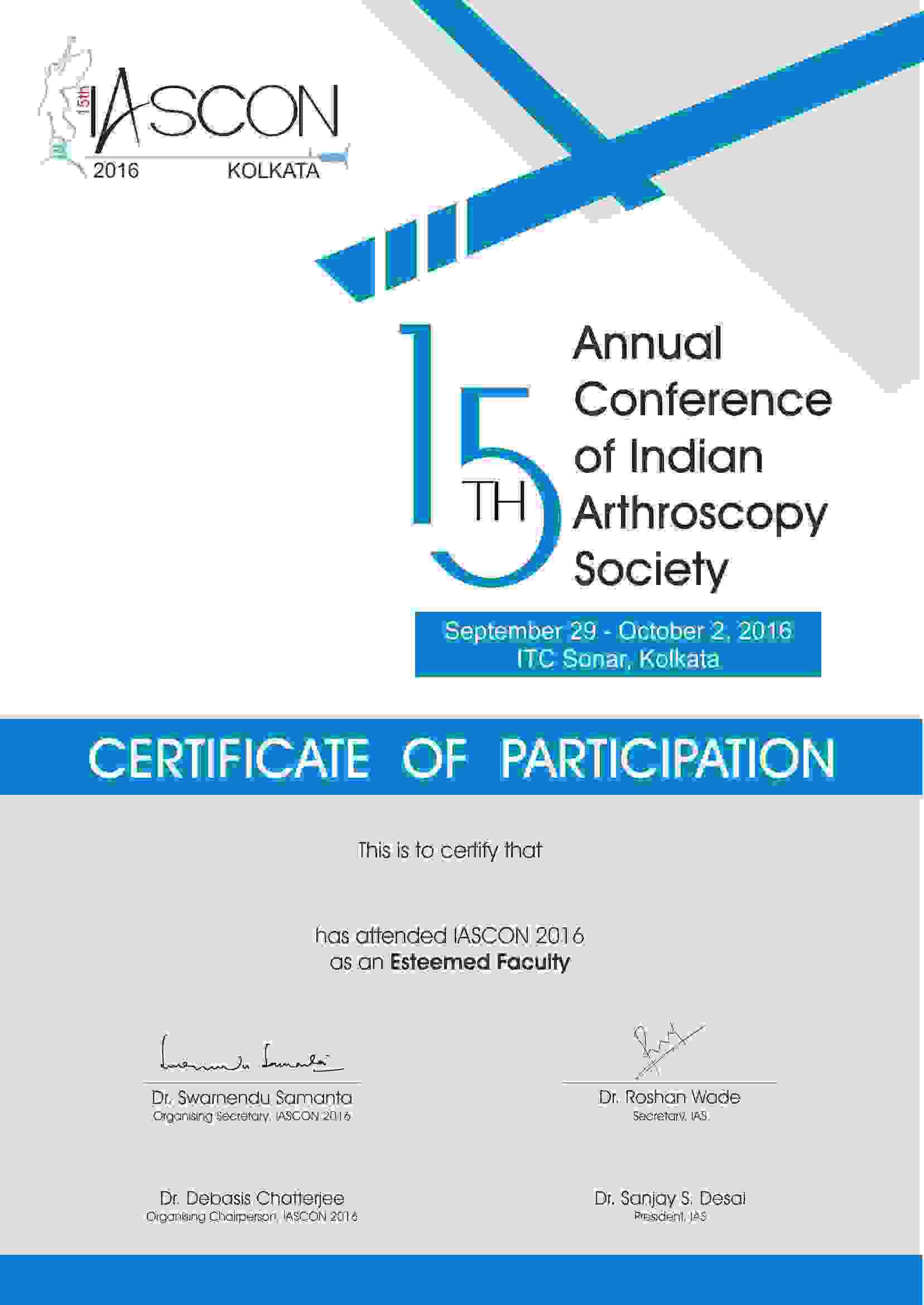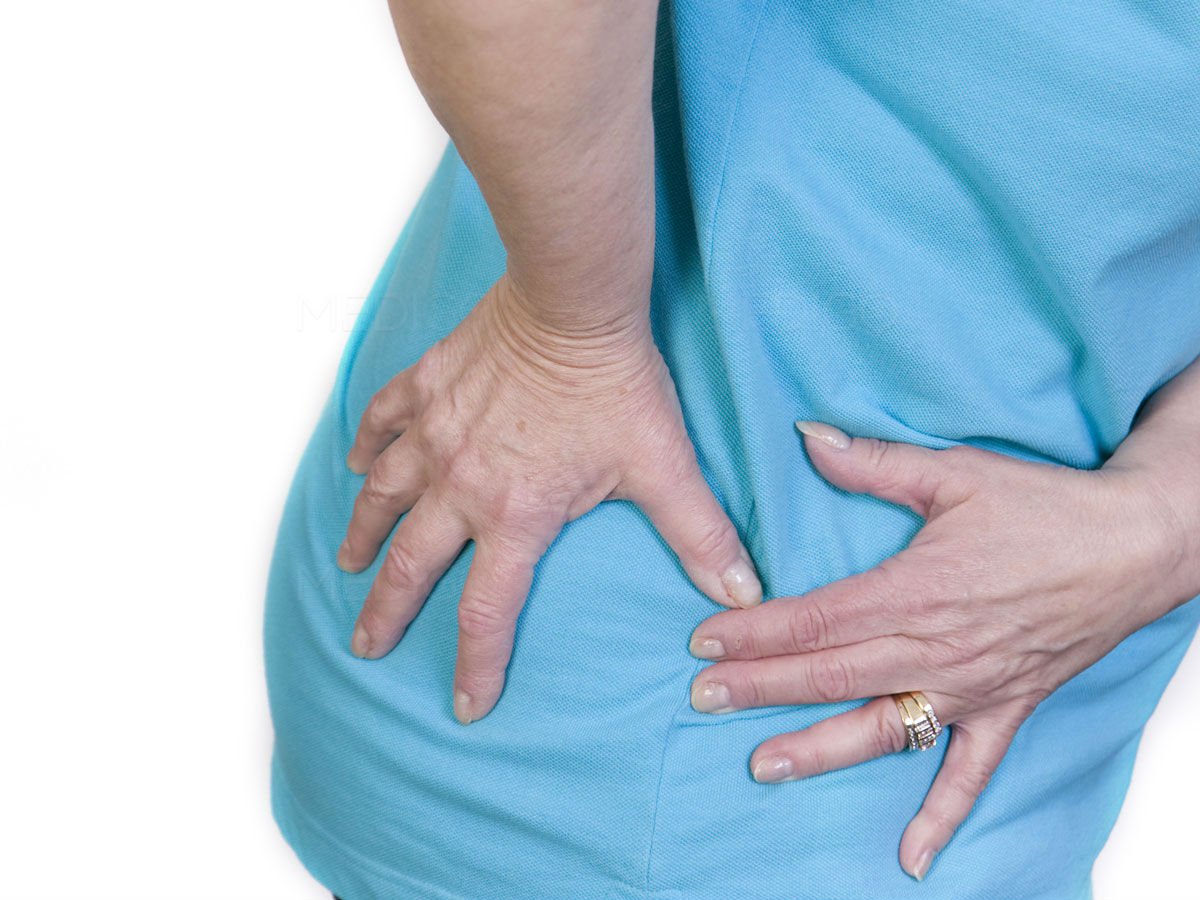This procedure is used to treat the symptoms arising from problems in the articular cartilage, labrum, or other soft tissues that surrounds the joint. These hip problems can be caused due to injury or some orthopedic conditions. These orthopedic conditions include:
- Dysplasia: During this position, the socket becomes shallow. This increases the susceptibility of the labrum to tear.
- Femoroacetabular impingement (FAI): This condition leads to bone overgrowth (bone spurs) around the femoral head or socket. The bone spurs can lead to bone damage.
- Synovitis: This condition refers to the inflammation of the synovial lining.
- Snapping Hip Syndrome: The syndrome causes excessive rubbing of the tendon across the joint. In some cases, the tendon gets damaged due to wear & tear.
- Loose bodies: Some bone or cartilage fragments might loosely move within the joint.
The arthroscopic procedure begins with putting the leg in traction. This gives adequate opportunity for the surgeons to observe the hip clearly and also for the proper insertion of instruments. A small puncture is made in the appropriate area for inserting the arthroscope. Other instruments are inserted through separate incisions. The duration of the procedure depends on the complexity of the disorder in the hip.












